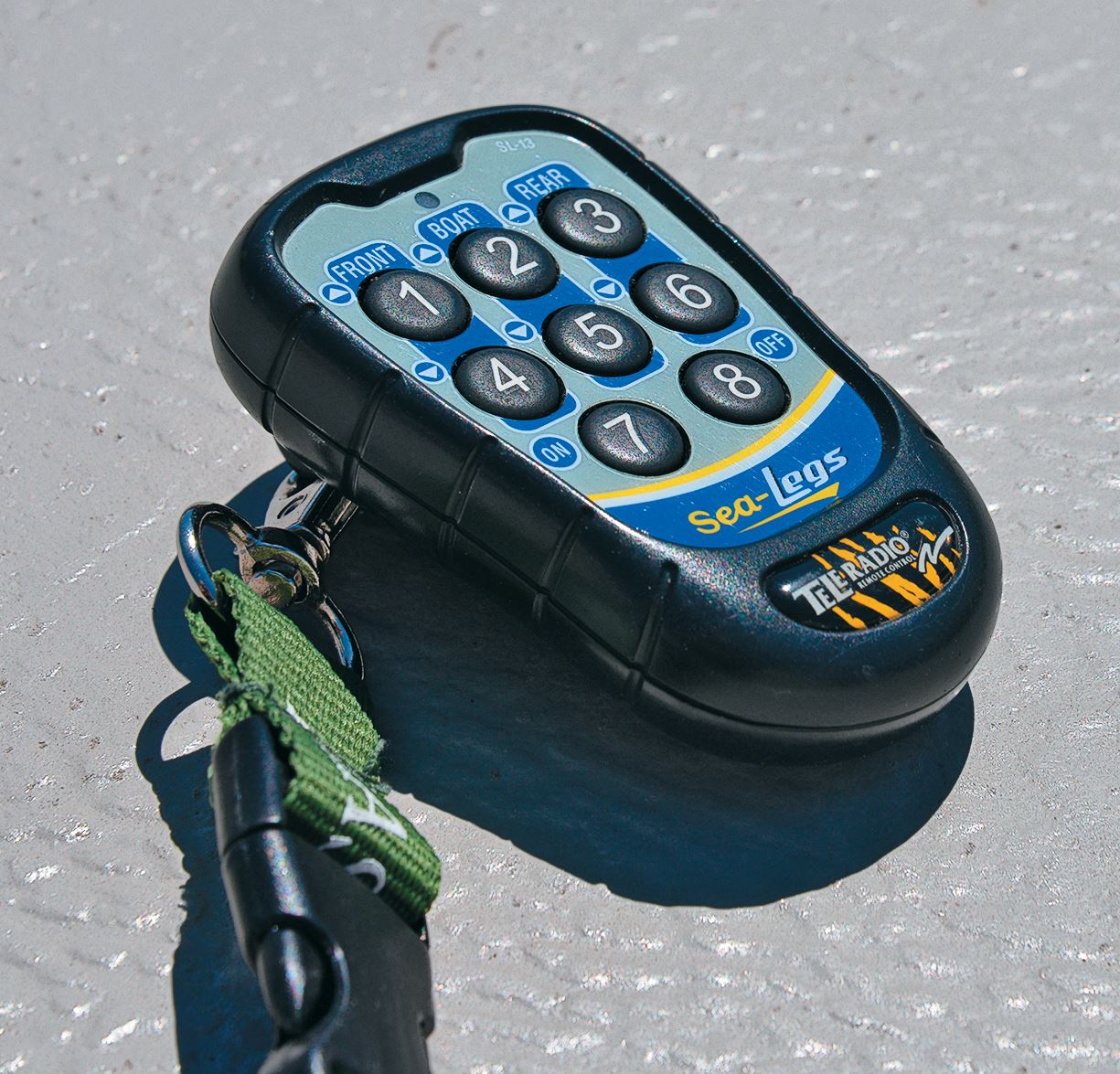Table Of Content
- Are there any medications or remedies that can help reduce the duration of sea legs?
- Top doctors in ,
- Can sea legs affect your balance and coordination even after the sensation of motion subsides?
- Can certain health conditions affect the recovery period from sea legs?
- Diagnosing Land Sickness
- Factors That Contribute to the Duration of Sea Legs
- Is it Sea Legs or Mal de Debarquement Syndrome

These symptoms can be mild or severe and can last for minutes or hours, depending on the severity of the motion sickness. After cruise motion sickness (aka land sickness) can affect anyone, but some people are more susceptible to it than others. Women, children under 12, and people with a history of migraines or inner ear problems are more likely to experience this balance disorder.
Are there any medications or remedies that can help reduce the duration of sea legs?
Man faces aftermath of living on a cruise ship for 23 years - Supercar Blondie
Man faces aftermath of living on a cruise ship for 23 years.
Posted: Thu, 16 Nov 2023 08:00:00 GMT [source]
In this article, I will explore the duration of sea legs, providing you with objective and detailed information. I will also share tips to alleviate this discomfort and debunk common misconceptions about sea legs. Furthermore, I will include personal stories of those who have experienced it firsthand, as well as its portrayal in popular culture. As a fleet cruise director, effective communication is key to ensuring an unforgettable experience for all guests on board. From coordinating daily activities and entertainment to providing information and assistance, I am responsible for keeping everyone engaged and informed throughout their journey. Researching different cruise lines will help you identify those that cater to solo travelers seeking romance or casual encounters.
Top doctors in ,
However, lifestyle changes such as staying hydrated and resting are also important in managing symptoms and promoting recovery. People may feel stressed or overwhelmed when they are experiencing the symptoms of sea legs. This can be exacerbated by other factors, such as work or family responsibilities. When traveling by car, it is recommended to take frequent breaks and avoid sudden movements. When traveling by train, it is best to sit facing the direction of travel to reduce the impact of the motion.
Can sea legs affect your balance and coordination even after the sensation of motion subsides?
Symptoms of MdDS usually kick in within a few hours of disembarking and can persist for days, weeks, or even months. If you’re still feeling the ebb and flow up to two weeks after your trip, that’s considered normal. However, a diagnosis of MdDS is usually given only when symptoms last 30 days or more. While MdDS is typically self-resolving, lasting only a few months, it’s vital to seek medical attention if you suspect you might have it.
However, if symptoms persist or worsen over time, it's important to consult with a healthcare provider to rule out any underlying medical conditions. Yes, some individuals are more prone to experiencing sea legs due to various factors such as their susceptibility to motion sickness, inner ear sensitivity, age, and overall health. However, it is important to remember that not everyone will experience sea legs, and even those prone to it may have varying durations and intensities of symptoms. If symptoms persist for more than a few days or are severe, a visit to the doctor is in order. They can rule out underlying conditions and provide appropriate treatment options like medication or vestibular rehabilitation.
What to expect on a Royal Caribbean cruise ship during rough seas - TheStreet
What to expect on a Royal Caribbean cruise ship during rough seas.
Posted: Mon, 18 Dec 2023 08:00:00 GMT [source]
Can certain health conditions affect the recovery period from sea legs?
In movies like ‘Titanic’ and ‘The Perfect Storm,’ we see characters struggling to regain their balance and adjust to stable ground after being at sea for an extended period. Similarly, in literature, authors like Ernest Hemingway and Herman Melville vividly describe the physical and psychological effects of sea legs on their characters. Additionally, avoiding activities that involve sudden movements or changes in position, like jumping or bending over, can help alleviate symptoms.

This physical adaptation is why some people may experience lingering sea legs even after the cruise has ended. But before we get to that, we’ll explore the various factors that contribute to the duration of sea legs. We’ll also discuss the importance of gradually adjusting to solid ground and offer some tips to minimize the duration of this peculiar sensation. The rocking feeling after a cruise, also known as sea legs or land sickness, can be an uncomfortable and disruptive sensation.
Overall, the psychological effects of sea legs can be challenging to deal with, but they are generally temporary. People can take steps to manage these effects, such as getting plenty of rest, staying hydrated, and avoiding alcohol. If the symptoms persist or become severe, it may be necessary to seek medical attention. Sea legs can also occur while traveling on other modes of transportation, such as planes, cars, and trains. The symptoms are similar to those experienced on the cruise ship or on land. However, the duration of the symptoms may vary depending on the mode of transport and the individual's susceptibility to motion sickness.
These include taking over-the-counter medications, such as antihistamines or ginger supplements, and practicing deep breathing and relaxation techniques. In this article, we will explore the causes and MdDS symptoms, as well as the most effective treatments for after-cruise motion sickness. Research has shown that middle-aged women are the most likely sufferers of the ailment.
By being cautious and mindful of these triggers, the recovery period can be shortened, allowing for a smoother transition back to solid ground. By engaging in these exercises, individuals can speed up the recovery process and regain their land legs more quickly. Transitioning into the subsequent section about tips to alleviate sea legs, it’s important to note that there are various methods that can help ease the discomfort caused by sea legs.
Talking to fellow passengers, I realized that I wasn’t the only one experiencing this peculiar sensation. Many shared their personal anecdotes of sea legs lasting for a few hours or even a couple of days after disembarking from a cruise. Some offered tips for managing sea legs, such as taking small, frequent walks and staying hydrated. Finally, if symptoms persist or become severe, it’s advisable to seek medical advice to ensure there aren’t any underlying issues causing the prolonged sea legs.
Cruise destinations can also play a role in how long sea legs last after a cruise. For example, a cruise to the Caribbean may result in shorter sea legs compared to a cruise to Alaska. This is because the waters in the Caribbean are generally calmer than those in Alaska, which can result in less motion sickness and a shorter duration of sea legs. Simple exercises such as walking, jogging, or yoga can help the body adjust to being on land again. The exact cause of MDDS is not fully understood, but it is thought to be related to changes in the brain's balance system.

No comments:
Post a Comment